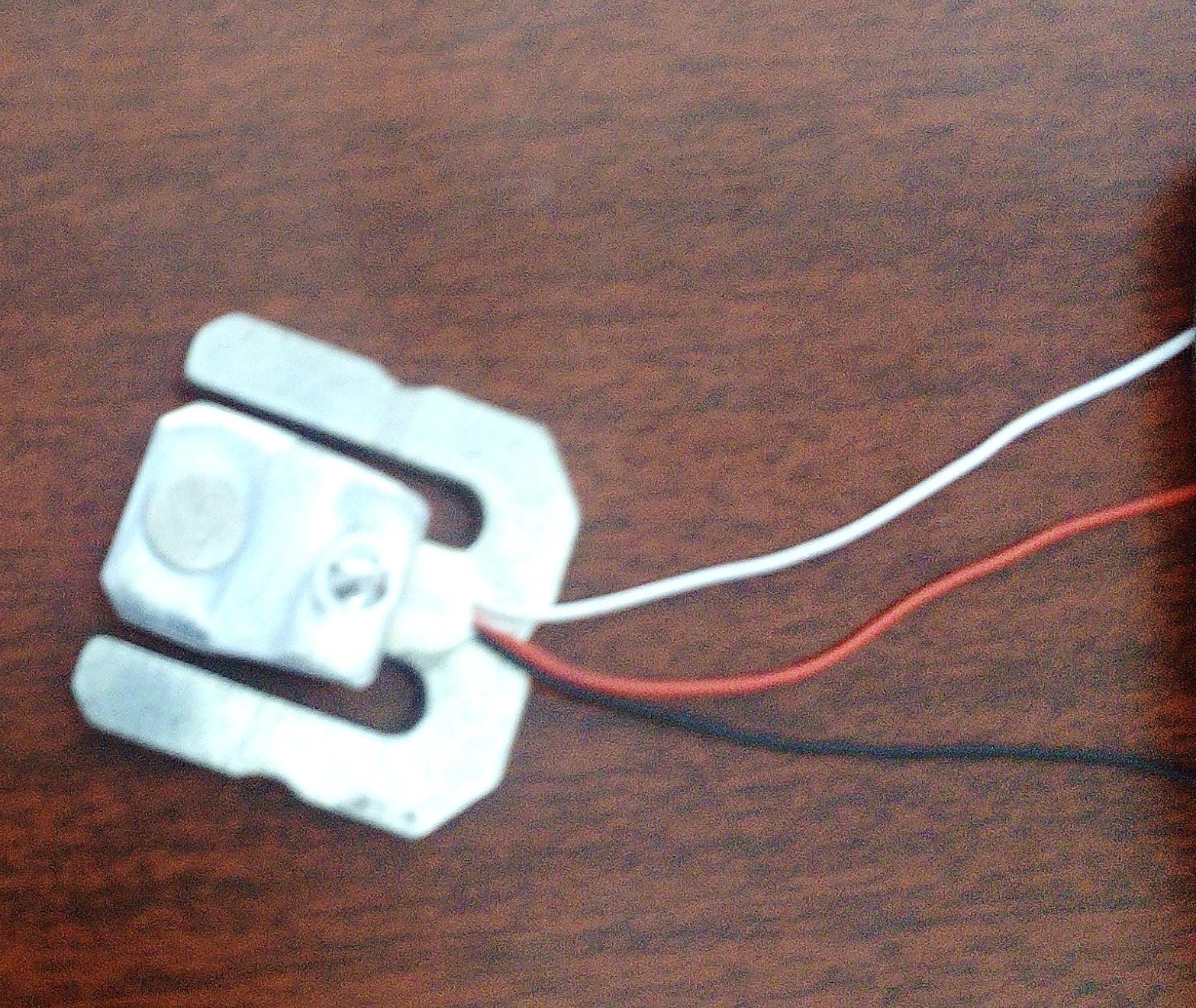You need to just use a bit of math, so it will depend on how good your inner child is at math. You use the standard formula for slope and intersection: y = mx + b ... or m = (y - b)/x Here
- y is the actual weight in whatever units you want (g, kg, oz, etc)
- x is the raw value from the HX711 - from
scale.read_average() - m is your slope (multiplier)
- b is your intersection (offset) - also from
scale.read_average()but with no weight, orusing scale.tare()
So say you have a raw value of 10000 for 0 weight (tare) and 20000 for 1000g, and want readings in g First, your offset (b) is 10000 To calculate your multiplier (m) just substitute into the formula 1000 = m * 20000 + 10000 ... or m = (1000 - 10000) / 20000 Thus m = -0.45
Your numbers will be completely different, but the method is the same.
You then put these values into your sketch via scale.set_scale(m) and scale.set_offset(b)
Even better if you don't hard-code them but allow them to be calculated/updated on demand, as they may change over time due to various reasons.
The example sketch that comes with the library partially shows this process.



Hi! Can someone please explain how to get kilogram from xh711? and also how to properly calibrate it. I am using arduino mega, hx711 and 4pcs of 50kg load cell (the one you see inside the bathroom scale).. please i need it for my project. and also, please do not use jargon words, for im just a beginner.. consider it like explaining to a child =D